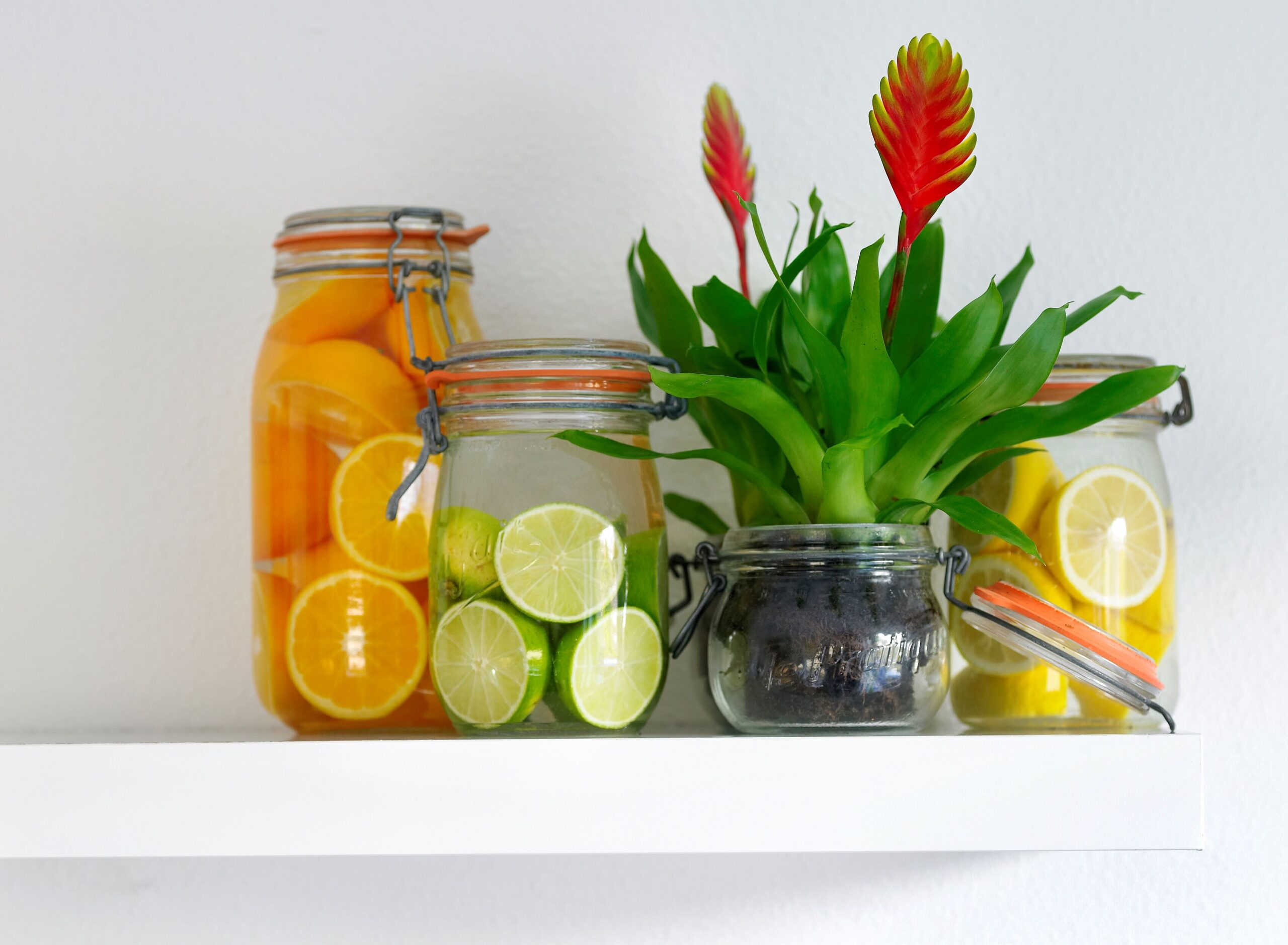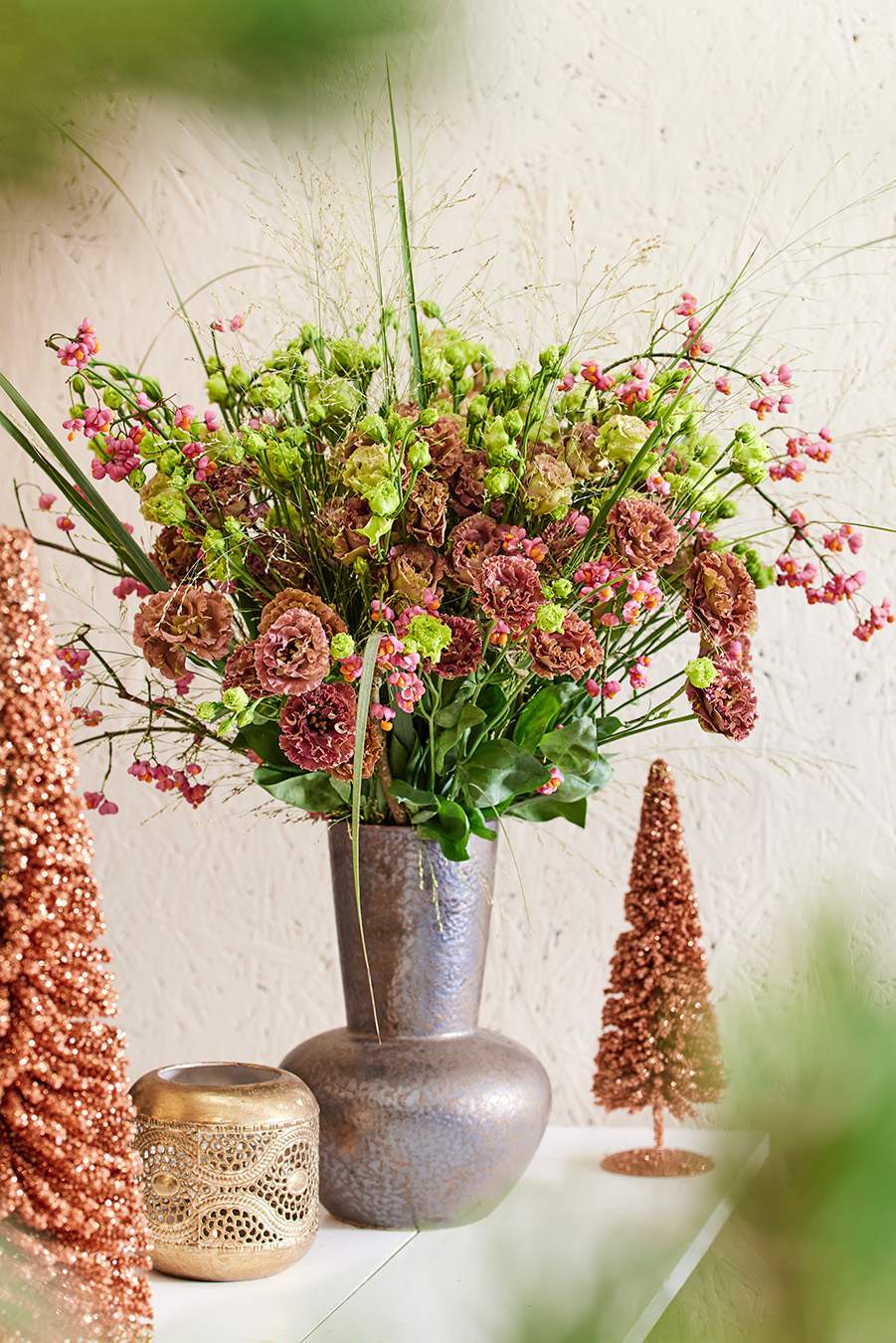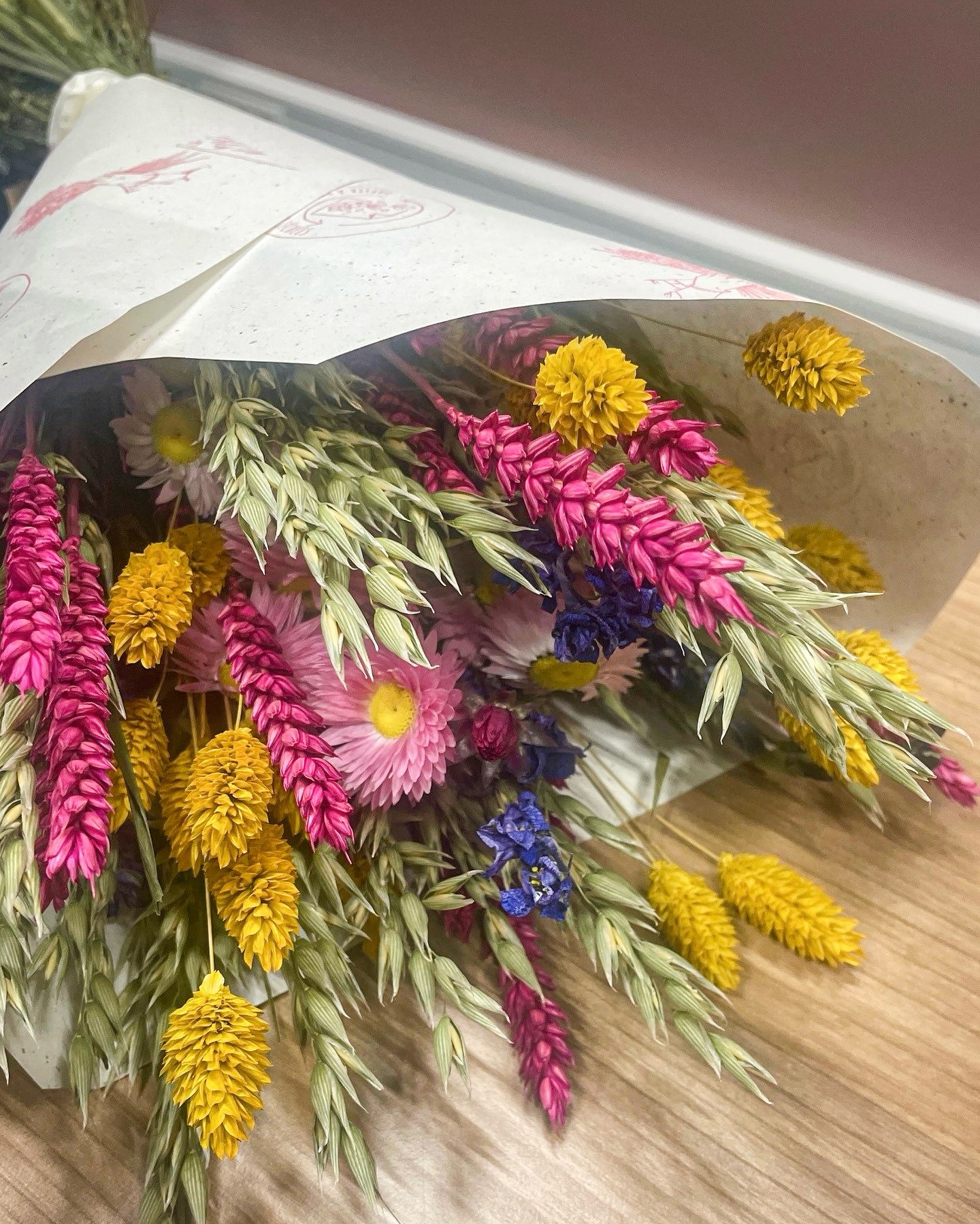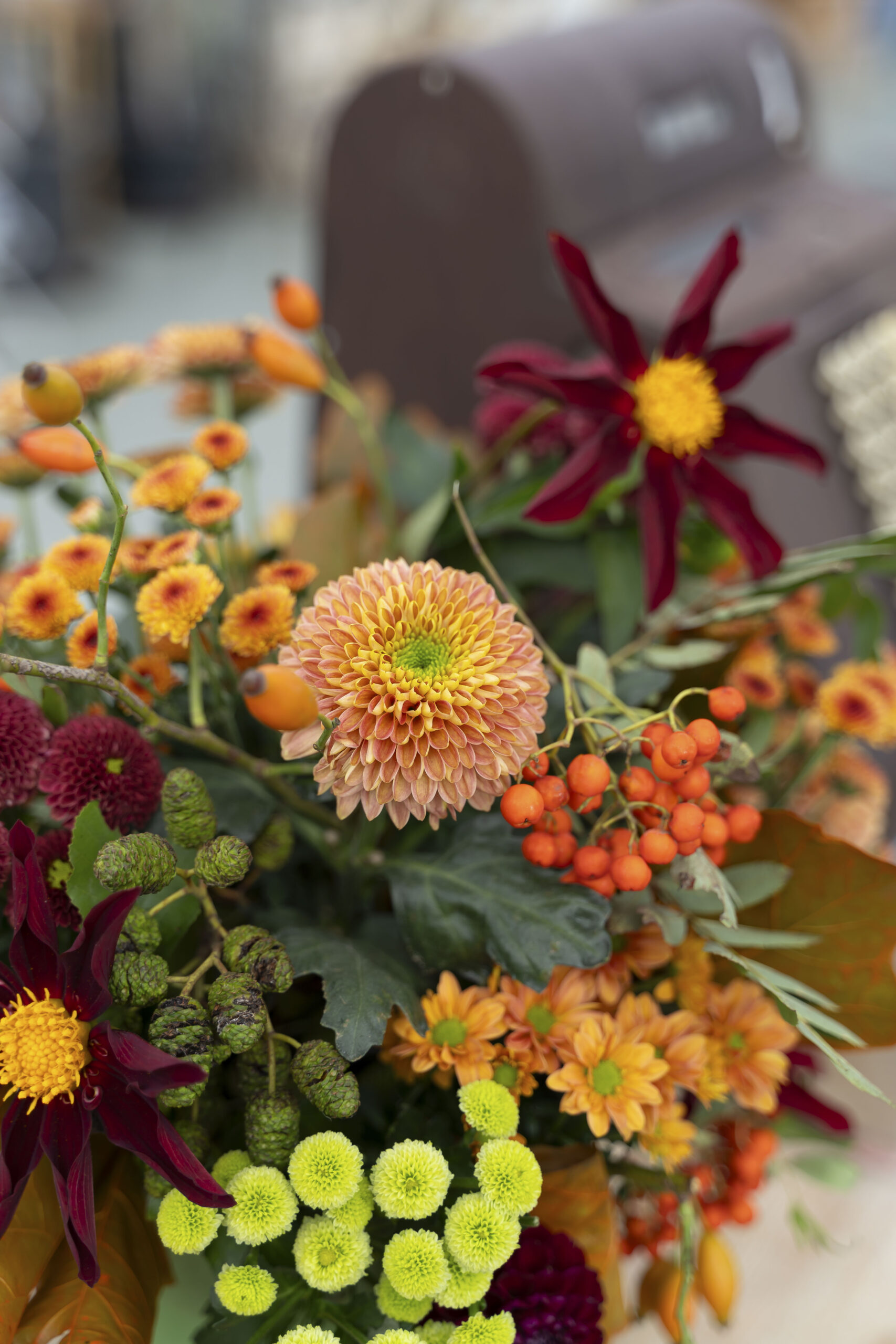Depending on the region where your store is located, the summer vacation period may be coming to an end. This is the perfect time to restock your selection of houseplants, as not everyone’s plants will have been well cared for during the vacation. In this news update, we would like to highlight the Bromeliad, which is also a true world traveler by origin. Its ancestors grew and flourished high in the rugged Cordilleras de los Andes mountains and deep in the warm jungles of Uruguay. Bromeliads can be found all across Central and South America, each one more beautiful than the last. There are over 2800 species in total. In Europe, a beautiful assortment has been available for some time through florists, garden centers, DIY stores, or home decor shops.
In addition to the enormous diversity of colors that Bromeliads offer, they also vary greatly in shape, which provides many different possibilities for display in your store, but especially for your customers at home. So, create an inspiring product presentation!
To help you inform customers in your store about Bromeliads and their characteristics, here are some interesting facts:
1. Single bloom: Most bromeliads bloom only once in their lifetime, but the bloom can last for months. After blooming, the mother plant dies, but it usually produces offshoots (pups) that form new plants.
2. Water in the cup: Bromeliads absorb water through their leaves and cup (the central vase in the heart of the plant). Regularly refill this cup with water, preferably rainwater or distilled water to prevent mineral buildup.
3. Air-purifying: Like many other houseplants, Bromeliads have air-purifying properties. They filter harmful substances from the air, contributing to a healthier living environment.
4. Light requirements: Bromeliads prefer bright, indirect light. Too much direct sunlight can burn the leaves, while too little light can hinder growth and diminish color.
5. Air roots: Some Bromeliads have air roots that can absorb moisture and nutrients from the air. This makes them perfect for vertical gardens or as epiphytes (plants that grow on other plants without extracting nutrients from them).
6. Nutrition: Bromeliads do not require much fertilization. You can feed them monthly during the growing season with a diluted orchid fertilizer, which can be poured directly into the cup.
7. Mold resistance: Bromeliads are generally resistant to diseases and pests, but stagnant water in the cup can sometimes attract mold. Ensure the water is refreshed regularly to prevent this.
8. Propagation: After the mother plant has finished blooming, it will begin producing pups at the base. Once these pups have reached about one-third the size of the mother plant, they can be carefully removed and planted separately to grow new Bromeliads.
The attached images showcase Bromeliads that have been grown as a trio (three plants in one pot), giving your customer an instantly voluminous houseplant upon purchase. Bromeliads come in many different shapes and sizes, even as minis! Curious about the variety in the assortment? Take a look at the specialist’s website: Rip Bromelia.







